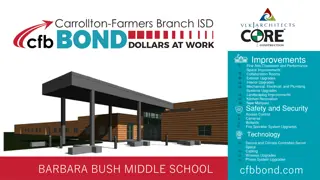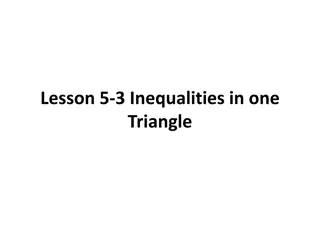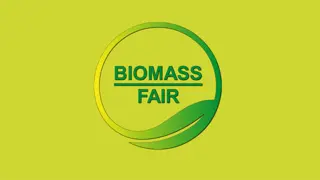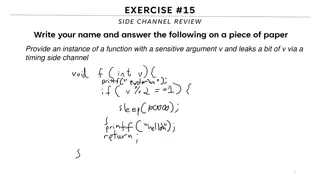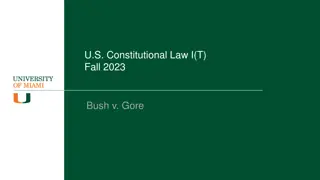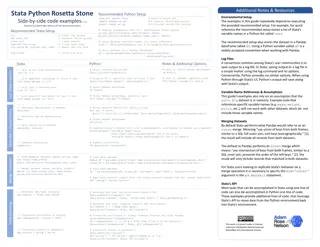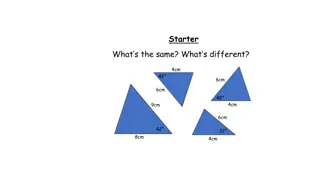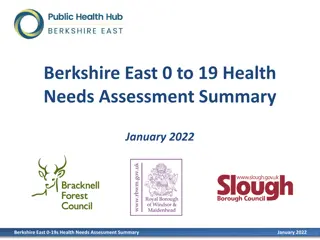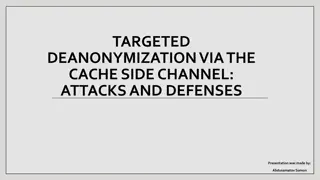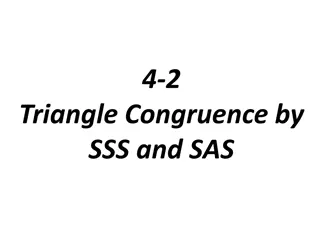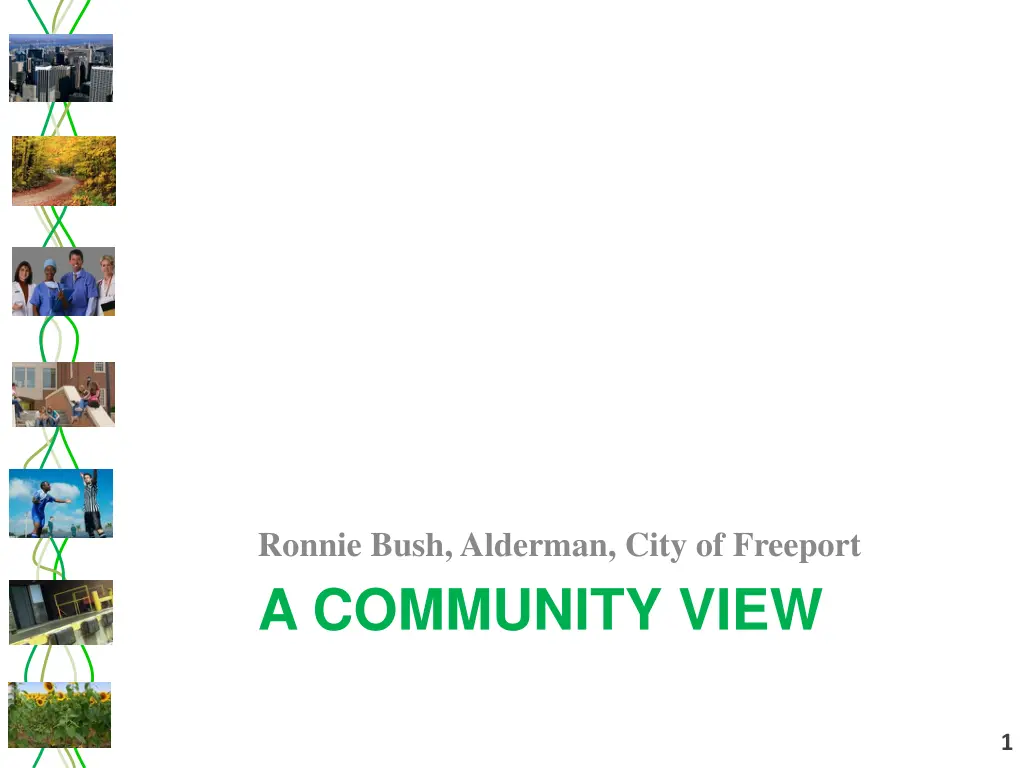
Addressing Community Expectations and Moving Forward in Freeport
Explore how the City of Freeport addressed low community expectations, key turning points in the planning process, and residents' preparations to meet with FEMA in 2014 to address flood impacts and neighborhood improvements.
Download Presentation

Please find below an Image/Link to download the presentation.
The content on the website is provided AS IS for your information and personal use only. It may not be sold, licensed, or shared on other websites without obtaining consent from the author. If you encounter any issues during the download, it is possible that the publisher has removed the file from their server.
You are allowed to download the files provided on this website for personal or commercial use, subject to the condition that they are used lawfully. All files are the property of their respective owners.
The content on the website is provided AS IS for your information and personal use only. It may not be sold, licensed, or shared on other websites without obtaining consent from the author.
E N D
Presentation Transcript
Ronnie Bush, Alderman, City of Freeport A COMMUNITY VIEW 1 1
Community Expectations Community expectations for this planning process were low due to: Planning fatigue Tensions around the legacy of racial discrimination and present day disparities Confusion over enforcement roles Unproductive expectations about future interactions Discouragement over a long-standing lack of progress 2
Key Turning Points Needs Assessment allowed the process to directly address the concerns of residents and city staff. Outreach efforts and endorsement by key neighborhood leaders resulted in higher turnout. Endorsement and consistent participation by local elected officials gave the process legitimacy. Building Cultural Competence training opened the door for new conversations between city staff and residents. 3
Key Turning Points Meetings between SRI-facilitated working sessions helped build momentum. Neighborhood Flood Experience mapping validated residents concerns and created a new communication tool for interactions with state and federal agencies. Discussion of green infrastructure strategies helped identify near-term investments that could address flood impacts and offer additional neighborhood benefits. Elevator speech exercise helped develop a consensus message for neighborhood residents to deliver to FEMA. 4
Moving Forward Residents are preparing to meeting with FEMA in 2014. They hope to take FEMA representatives on a neighborhood tour and also present: Comments on the revised FEMA flood maps A history of impact of flood regulation on neighborhood decline A request that FEMA representatives work with neighborhood residents and city staff to address the disproportionate impact of the 50% rule and to identify assistance for maintaining and improving neighborhood homes. 5


